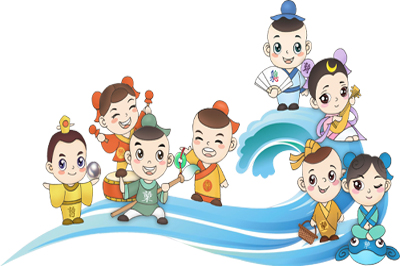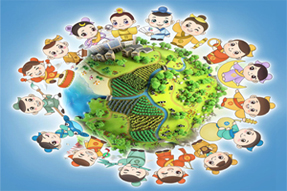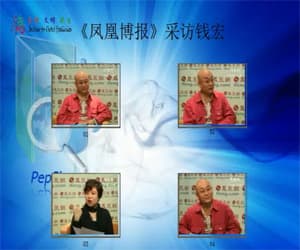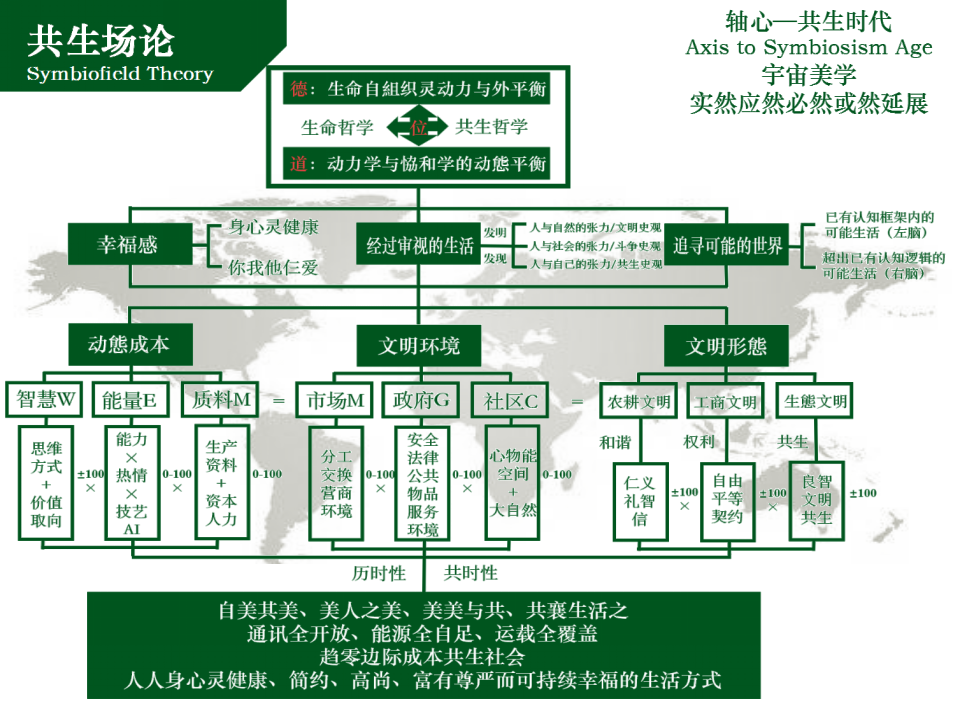A New Paradigm for Political Criticism in the AI Era
— Solving the Persistent Imbalance Between Organizational Behavior Dynamics and Synergetics
By Archer Hong Qian
Introduction: Reassessing the Role of Government in Human Development in the AI Era
The role of government in human development deserves fundamental reassessment. Two key aspects stand
1. Two Forms of Anti-Privilege Systemic Transformation
Historically, regime change has often beendismantle privileges—but the **methodsmethods have evolved. The **latestlatest version of the “Rich Man’s Revolution” followsnew paradigm:
- The wealthy elite no longer mobilize the poor to engagehigh-cost, disruptive revolutions ththe system fundamentally intact.
- Instead, the elite of the elites now **personallpersonally take center stageultra-low-cost, high-efficiency ststructural transformation.
This shift reduces the traditional costs of regime change—both ieconomic disruption and social instability—without excessive collateral damage.
2. Political Criticism and Action in the AI Era
The AI era calls for a **newnew paradigm of political criticism and action, one that integrates technology and ethics as the core pillars of political infrastructure.
Figures like Javier Milei, Donald Trump, and Elon Musk embody a break from traditional elite strategies—where elites manipulated the masses to carry out violent or costly revolutions. Instead, they represent a direct interventionist approach, where elites personally drive systemic reform with minimal cost and maximum efficiency.
This marks a departure from historical power transitions, where mass revolutions—typically led by wealthy elites but executed by the lower classes—incurred massive societal costs while failing to dismantle entrenched power dynamics. Instead, the new paradigm advocates:
✅ Direct elite participation instead of indirect manipulation.
✅ Technology-driven governance innovation rather than violent upheaval.
✅ Cost-efficient political transformation rather than unpredictable mass movements.
3. Toward Low-Cost, High-Efficiency Political Evolution
The combination of AI, elite-driven political action, and decentralized governance tools offers a more rational, efficient, and sustainable model for political change. Governments must adapt to this new reality—not as rigid institutions of control, but as dynamic platforms for innovation and systemic optimization.
The era of high-cost, high-risk political revolutions is fading. In its place, AI-powered, elite-driven governance transformation is emerging—faster, smarter, and far more strategic than traditional models.
AI is not only enhancing the efficiency and scale of Trust organizations (such as governments, corporations, and alliances), but more crucially, it is defining their legitimacy and ethical validity. If AI is combined with Amorsophia MindsWeb3 (Wisdom of Love Networking), it will fundamentally reshape governance, rendering Leviathan-style Trust organizations obsolete. Otherwise, humanity faces either a brutal “Poor Man’s Revolution” or a “Sixth Great Extinction.”
I. From Inertial Thinking to a Global Perspective
This article aims to help individuals—especially those traumatized by the Cultural Revolution—break free from five forms of cognitive inertia and embrace a broader global perspective:
- Outdated Cognition (Conceptual Tools Problem) – Using obsolete concepts and frameworks to analyze new problems, leading to misinterpretations.
- Information Asymmetry (The Frog in the Well Dilemma) – Limited access to diverse information channels results in a narrow worldview and lack of global, multidimensional understanding.
- Logical Confusion (The Pitfall of Historical Analogies) – A tendency to rely on inappropriate historical analogies, leading to misreading and misjudging contemporary phenomena.
- Subjectivity and Emotional Bias (The Well Rope Effect) – Past experiences create defensive and irrational biases toward the outside world.
- Unbounded Authority (The Zhong Kui Effect) – Deliberate “feeding” of information combined with “excitement induction” (manipulating initial discussion topics to steer narratives), leading to cognitive blind spots.
These cognitive inertias not only affect individual perception but also diminish the quality of political discourse in society, resulting in misjudgments that hinder governance optimization.
Political criticism in the AI era must transcend these limitations, shifting towards an Intersubjective Symbiosism framework—moving from confrontation and labeling to precise analysis and interactive optimization.
II. The “Hat Factory” Phenomenon and the Pitfalls of Inertial Criticism
The “Hat Factory” phenomenon refers to political criticism that relies on labeling and emotional rhetoric rather than factual and logical discussion. This type of critique is primarily influenced by four cognitive inertias:
- Outdated Cognition – Using obsolete political concepts (e.g., “East vs. West,” “Left vs. Right,” “Secret Police vs. Opposition,” “Dictatorship”) to describe contemporary political phenomena.
- Information Asymmetry – A limited understanding of global political and economic developments, leading to misjudgment.
- Logical Confusion – Using extreme historical events (e.g., Nazism, the Cultural Revolution) to draw direct comparisons with modern governance models while ignoring key variables.
- Emotional Bias – Criticism driven by personal emotions rather than objective policy analysis.
Such cognitive inertia renders political criticism superficial and ineffective in influencing policy optimization.
III. The Future of Political Criticism in the AI Era: From “Adversarial Criticism” to “Interactive Optimization”
Traditional political criticism is often one-directional:
- Opposition parties criticize ruling parties, often for electoral gains rather than genuine governance improvement.
- The media supervises the government, but lacks interactivity, leading to ideological polarization.
- Public opinion rarely translates into effective feedback at the policy-making level, creating a disconnect between criticism and decision-making.
In the AI era, political criticism can leverage data analytics and AI technologies to evolve into a more precise, dynamic, and constructive model:
✅ AI-driven data analysis makes criticism more accurate and less emotionally charged.
✅ Decentralized trust mechanisms (MindsNetworking) enable policy co-creation between the public and government, rather than just opposition.
✅ AI-powered policy simulations improve governmental responsiveness and iteration speed, enhancing policy efficiency.
AI-enhanced political criticism not only improves the quality of critiques but also transforms them into valuable tools for governance optimization, rather than weapons for division.
Conclusion: From Cognitive Inertia to Symbiosis—AI Reshapes Political Consciousness
Politics in the AI era should not be about control and confrontation—it should be about interactive optimization and symbiosis.
The global society must embrace true symbiosis, leveraging AI and decentralized governance models to break free from outdated paradigms.
Written on January 10, 2025, between Osaka and San Francisco, during a layover at Vancouver International Airport (Terminal 3, Gate G5-F17).
 迈向新世界秩序:以社区生态主权取代地缘政治... 2025/06/23
迈向新世界秩序:以社区生态主权取代地缘政治... 2025/06/23 遣返、消化、改变三大策略并举 2025/06/12
遣返、消化、改变三大策略并举 2025/06/12 川普与马斯克的和解空间 2025/06/08
川普与马斯克的和解空间 2025/06/08 重新定义企业家在文明中的角色 2025/06/03
重新定义企业家在文明中的角色 2025/06/03


 关于中文“共生”翻译及对应的人、事、物之说明
关于中文“共生”翻译及对应的人、事、物之说明 三大自组织货币的共生格局——宏观世界之数字货币 2021/07/08
三大自组织货币的共生格局——宏观世界之数字货币 2021/07/08 新汉字yǜ的释义 2019/11/16
新汉字yǜ的释义 2019/11/16 钱宏:中国的真实经验与未来走向(凤凰博报专... 2019/11/16
钱宏:中国的真实经验与未来走向(凤凰博报专... 2019/11/16












您好!请登录
已有0评论
购物盒子